Sometimes the unexpected comes – well – unexpected, if you understand what i mean. I’m not about to say that the camera I review this time is some of the best I have ever tried, but it has something to it, that makes me tick no matter all it’s flaws of which there is a lot. But I’ll come back to the things that makes this little lunch box something special to me.
The camera is the Agfa Synchro Box also called Synchro Box 600, the numbering due it is a product in a long series of cameras from Agfa, actually to my knowledge the last in that series. This actual model was produced from 1951 and 1958, so the one I own is about my own age 🙂
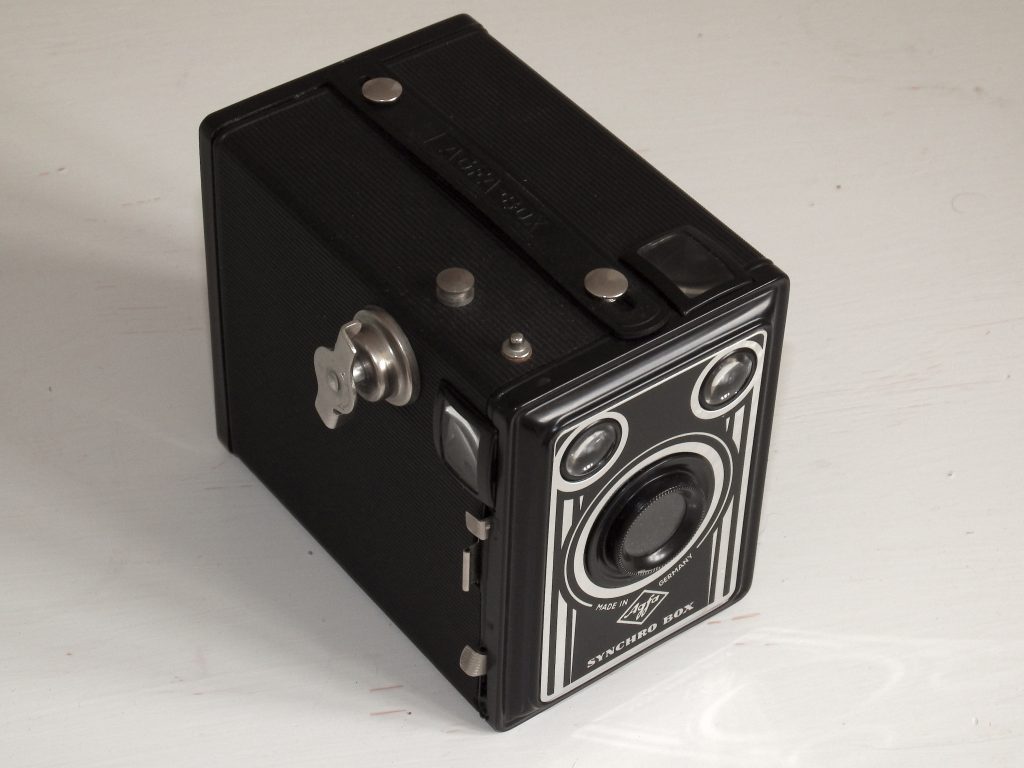
Facts about the camera:
- It’s a 6×9 camera using 120 film – an unusual format but in my eyes one of the best formats that in it’s aspect ratio of 2 to 3 corresponds to 24×36. Just the negative is approximately 5,5 times as big. If you cant get the mathematics to work out it’s because 6×9 cm is actually more like 56×84 mm, whereas 24×36 is fairly precise to the size
- Using the 120 format you get 8 frames on each film – I like this fact because that’s what I often shoot on a short foto walk
- It has an aperture of 11 or 16 depending on which position to set the selector
- And the aperture selector has a third position, also an f11 but adds a yellow filter to the equation
- It has a very simple shutter that is cocked and released in one movement of the shutter release button
- You have to shutter settings, 1/30th of a second (some sources say 1/50th) or B
- There is a socket for a cable release, which is very helpful when your fastest shutter i 1/30
- Therefore, it also has tripod sockets. Yes it’s plural as there is one for horizontal framing and one for portrait framing
- Speaking of framing there are two “view finders” one for each framing mode. They are simple but actually quite effective in spite of their simple construction and the materials used
- The synchro in it’s name means there is a sync socket for a flash
- What about glass? 5 lenses in 4 groups or something? No it’s a simple one lens meniscus lens that off course not is going to give you perfectly sharp images
- The focal length of the lens is 105mm which corresponds roughly to a 50mm on a full frame/24×36 camera
- Focus is fix-focus and it is said to be from 3 meters and out, but I find it OK sharp from around 2 meters. Probably due to the single lens construction, changing the aperture to 16 doesn’t change the depth of field but only the general sharpness of the image.
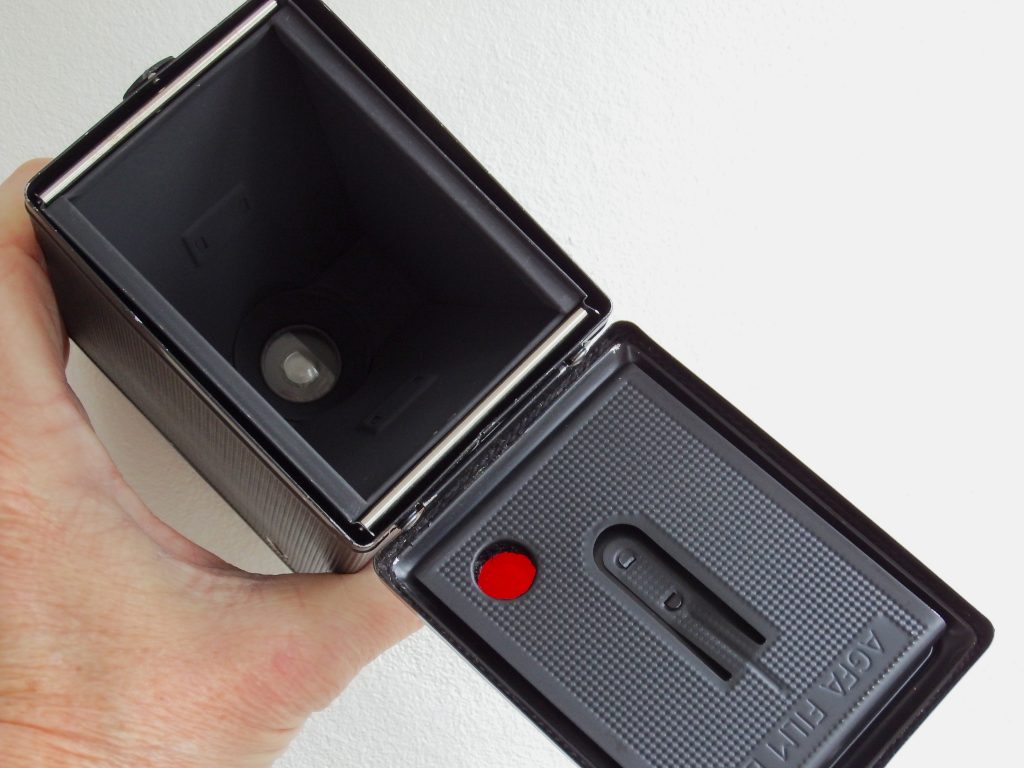
The colds facts on the camera could make you think that this is not a camera to waste time or film on. But I find it quite fascinating to shoot with if you take it’s flaws into consideration. Actually you can exploit some of the cameras shortcomings to create some very interesting pictures. But for some purposes like portraiture it’s not very well suited due to it’s lack of any kind of close focus. I guess you could stick on a close focus filter but you would have to tape it on, and the focus distance would have to be calculated or you would have to experiment to find the best distance to your subject.
The tripod mounts and the cable release socket on the other hand makes it possible to take long time exposures. Of course that also depends on the light situation as you cannot change the aperture very much. Again you could attach a filter, in this case an ND filter if you wanted some nice smooth water surface or waterfall. Late afternoon or evening the situation is quite different here long time exposures come to their right.
What about the lack of optic quality? Well sharpness is only found in the center of the image, especially if you look in the far corners of the large 6×9 negative you will find it pretty soft. If the image had been limited to 6×6 it would overall have been much sharper, but I tend to like the look of this image including it’s unsharp outher zones. If you plan your pictures for it, it will give you a picture where focus will be for the mid zones and the surrounding part of the image just adds an environment feeling to it.
Coming back to the portraiture talk, it could be a perfect portrait camera due to the central sharpness and soft elsewhere, you just have to get that close focus solved by some diopter stick-on ring. Using a Schneider (link to lens manufacturers calculator) calculator, a close focus of 3 meters should give a new close focus of 75 cm with a +1 diopter close focus lens. Beware that the total lens sharpness doesn’t become better using such a diopter lens.
Practical remarks
To load film in this camera you open it by pressing down on the top of the camera and open the backside. You have to pull out the film wind knob to get the the film magazine out which also includes the lens. The glass in the outher box is only a protection glass.
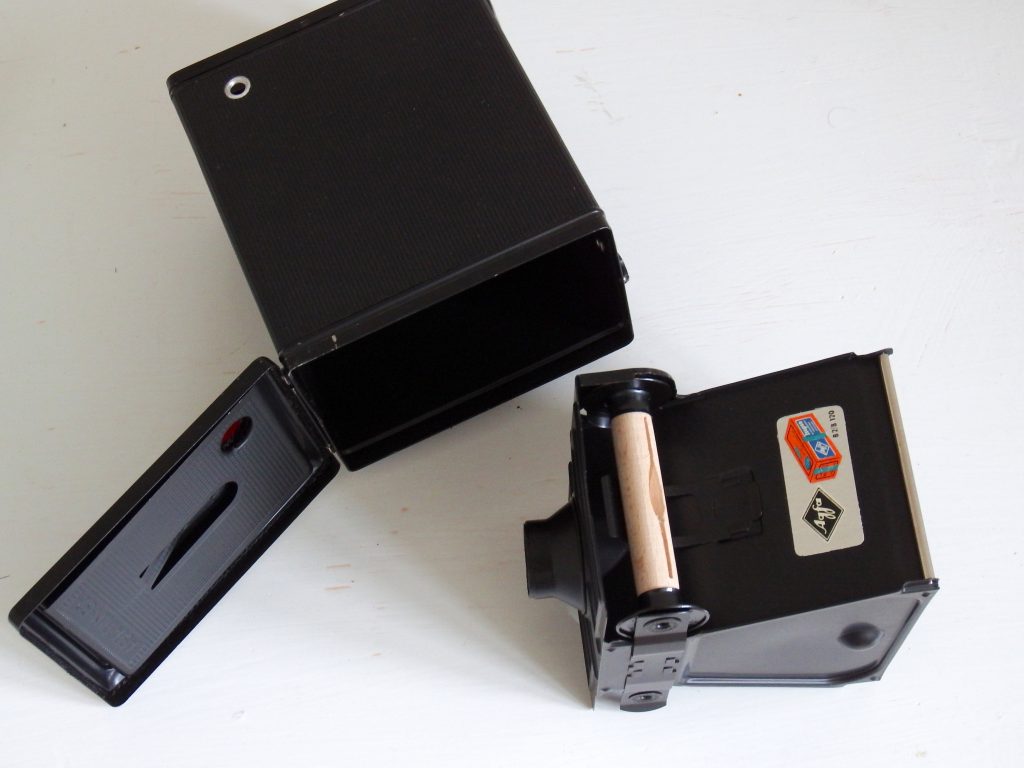
You load the film onto this inner module remembering to keep the film tight in order to avoid light leaks. But it’s not that difficult with this camera as the film holder has springs to keep the film tight. Remember to put the film magazine in the right way around, otherwise the film wind knob can’t pull the film forward. After closing the camera you wind the film until number 1 shows in the red window on the backside of the camera.
One thing to be aware of is, that there is no mechanism to avoid double exposures, you have to develop a procedure to insure you get it right every time. But on the other hand this can be used to make very artistic pictures 🙂
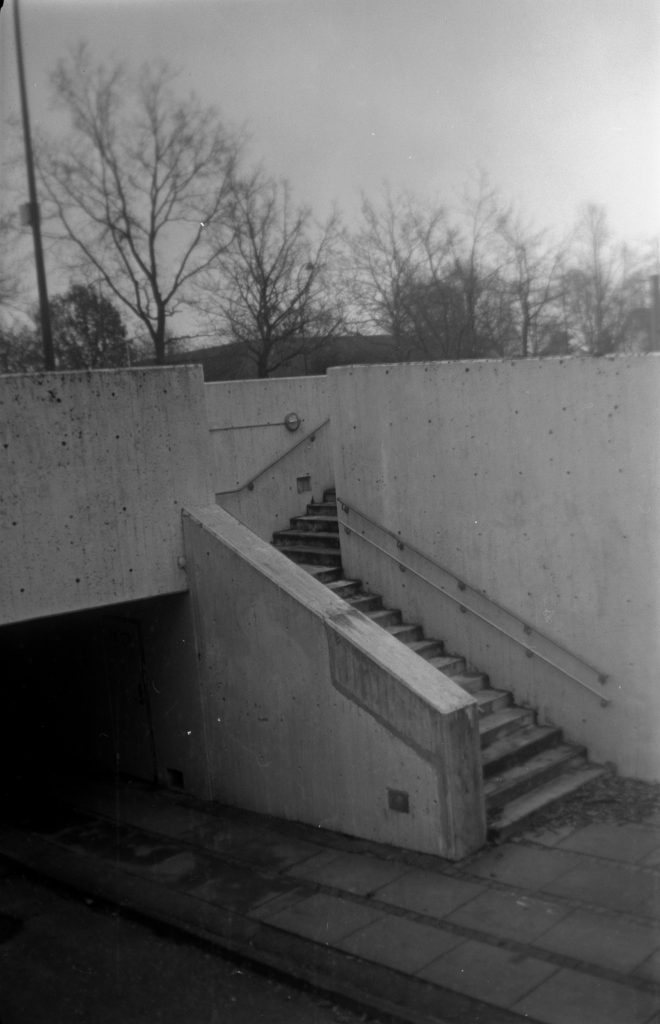
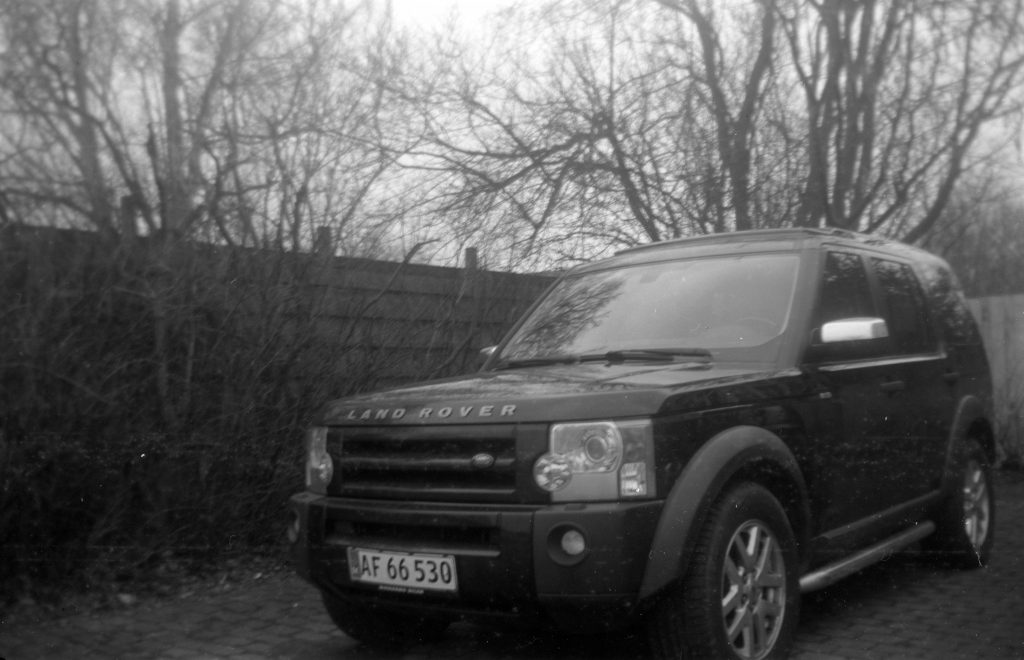
Conclusion
As you can see from this review, the camera has a lot of flaws and shortcomings, but as you probably also have remarked I have seen many of these as means to make more artistic and beautiful images. The Agfa Synchro Box can’t be used for anything but used for the right purposes and by exploiting it’s flaws it can create some amazing pictures.